TGF-β/Smad Signaling
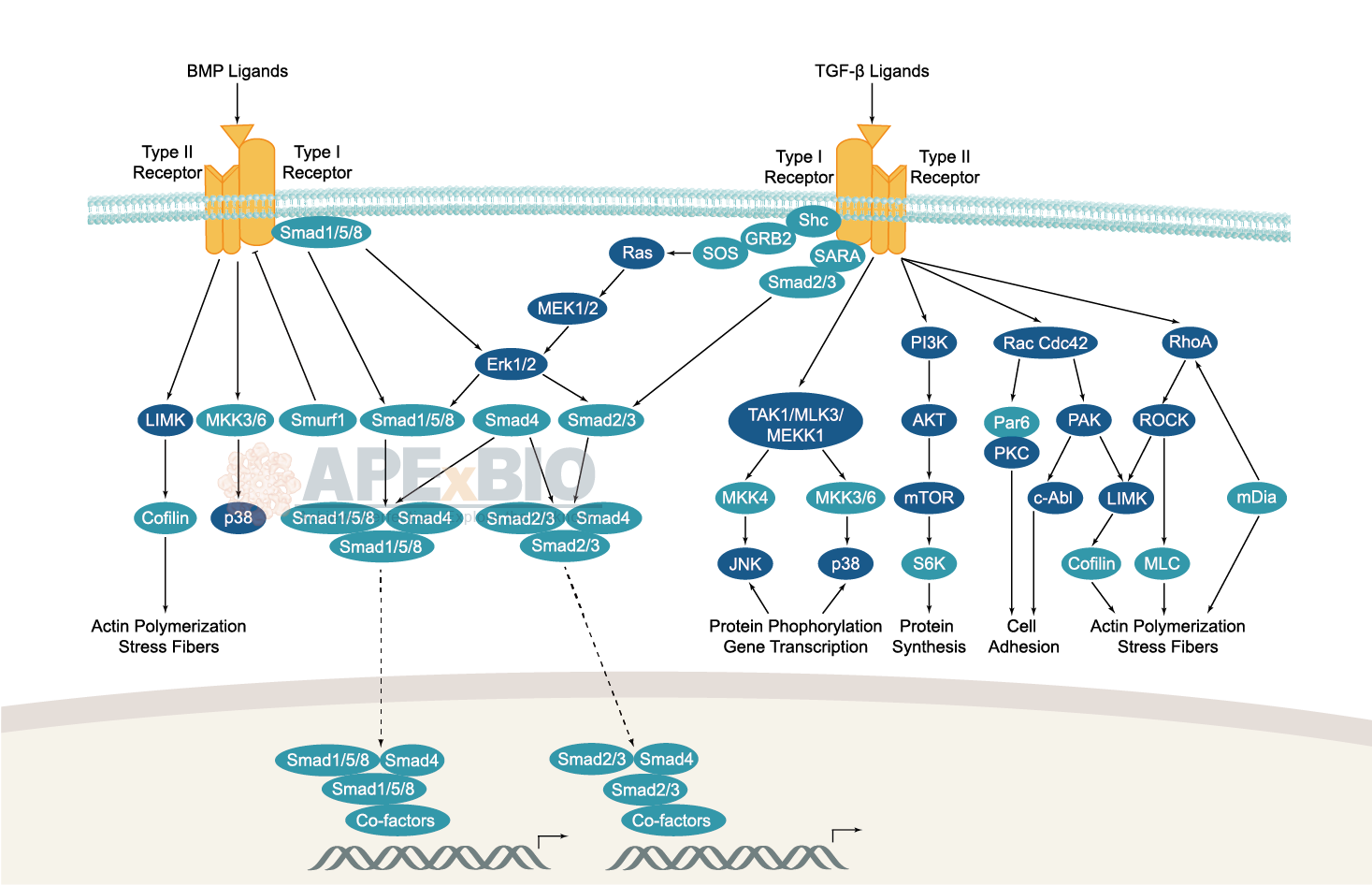

The TGF-β family is generally classified into two sub-families, TGF-β ligands, and bone morphogenic protein (BMP) ligands. In canonical signaling, receptor activation lead to phosphorylation of a group of transcription factors called Smads. TGF-β ligands bind to type II receptors (TGF-β II) which recruit and phosphorylate type I receptor (TGF-β I) on serine/threonine residues. The TGF-β I then recruits and phosphorylates a receptor regulated Smad (R-Smad). The R-Smad binds to the common Smad (Co-Smad) and forms a heterodimeric complex. This complex then translocates into the cell nucleus where it binds with nuclear co-factors to regulate the transcription of various target genes. Dysregulation of TGF-β/Smad signaling pathway is associated with a number of pathological conditions including fibrosis, cancer, immunodeficiency, diabetes and cardiovascular diseases etc.
-
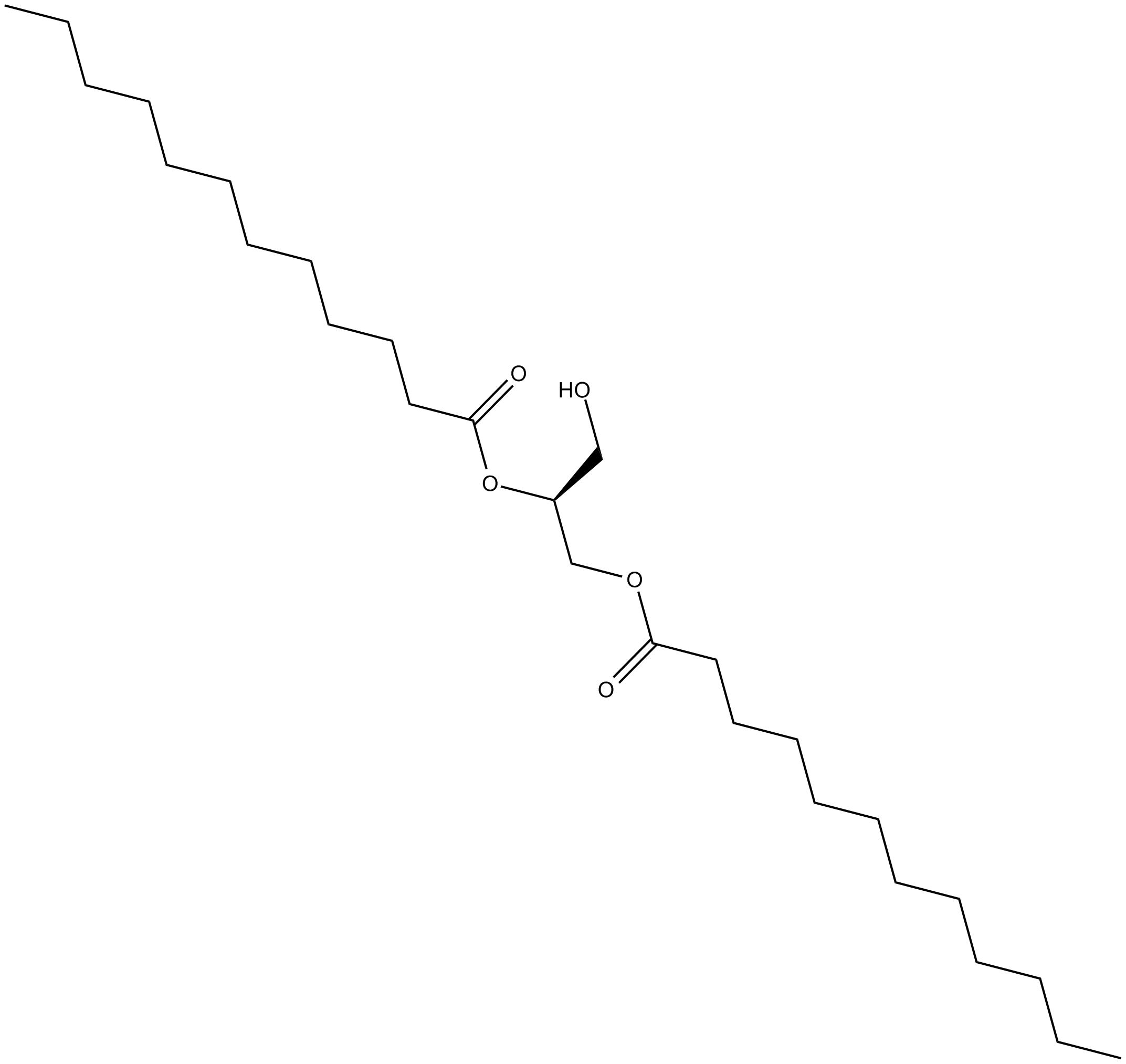 C4882 1,2-Dilauroyl-sn-glycerol
C4882 1,2-Dilauroyl-sn-glycerol -
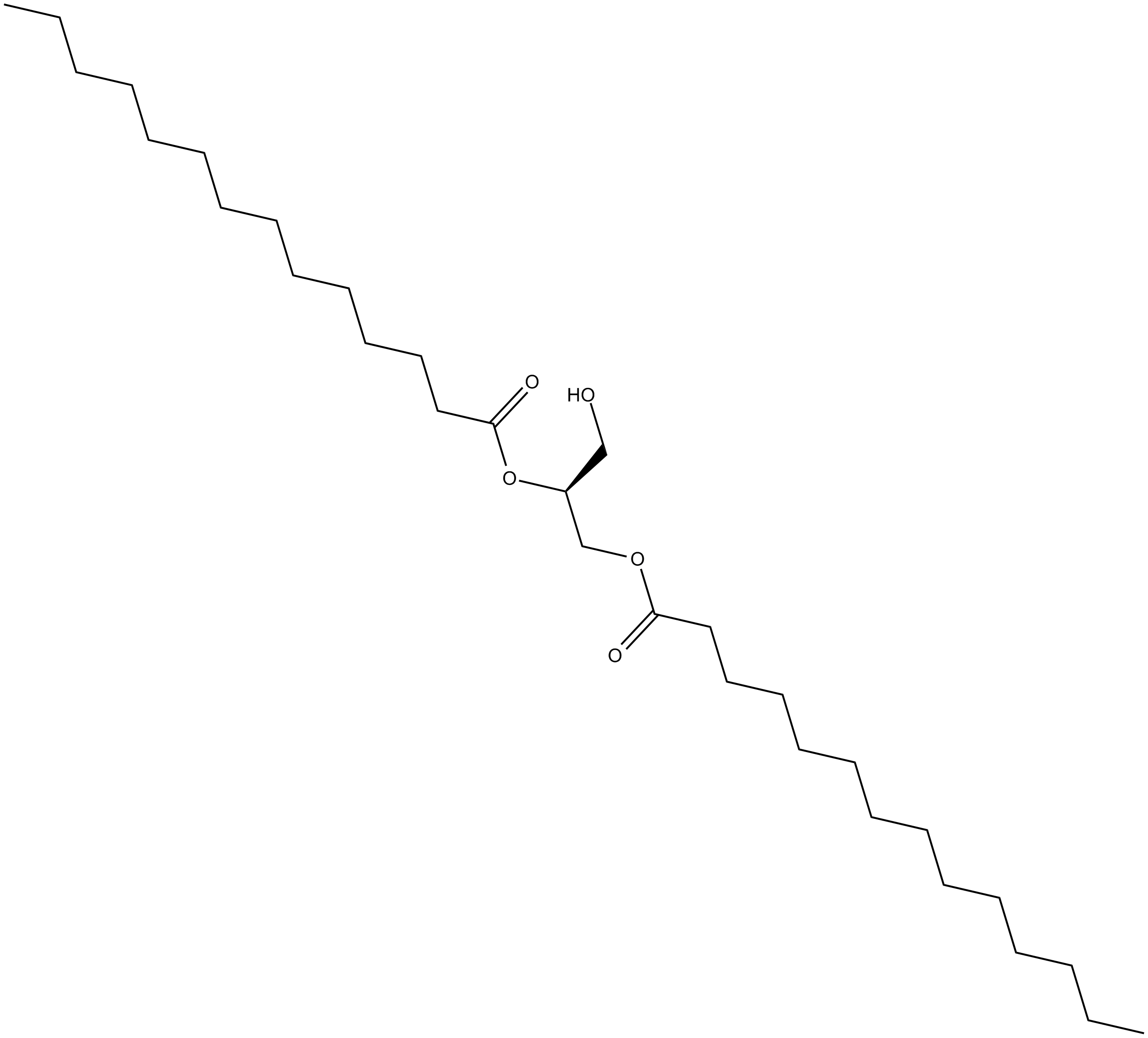 C4885 1,2-Dimyristoyl-sn-glycerol
C4885 1,2-Dimyristoyl-sn-glycerol -
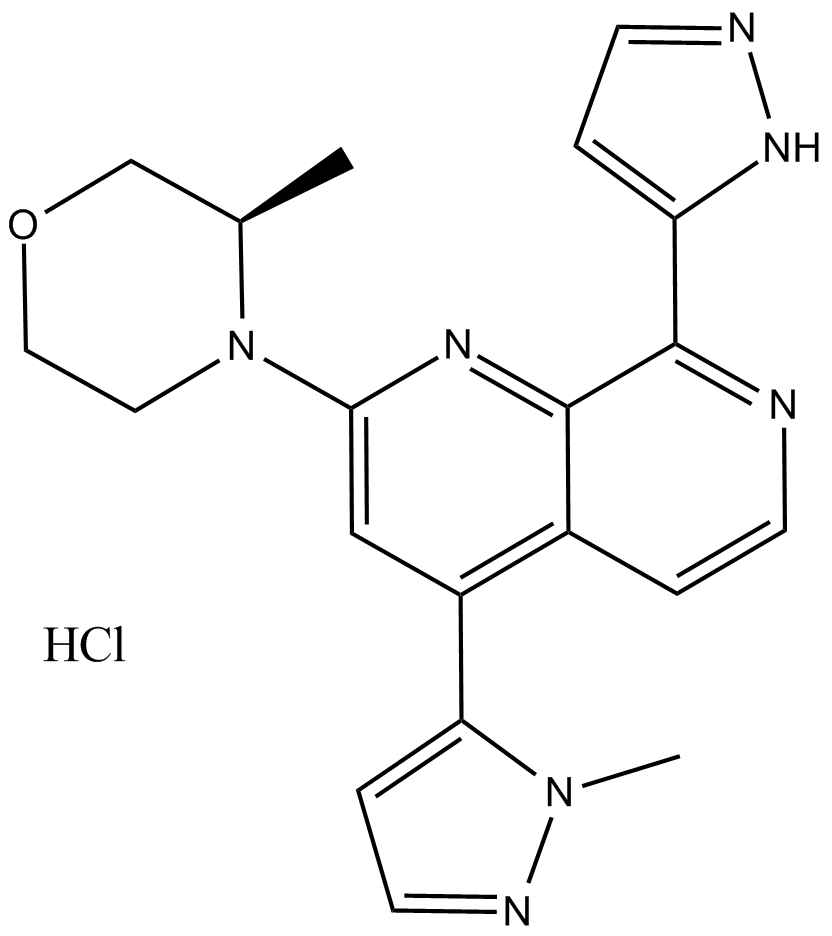 B8451 BAY1895344
B8451 BAY1895344 -
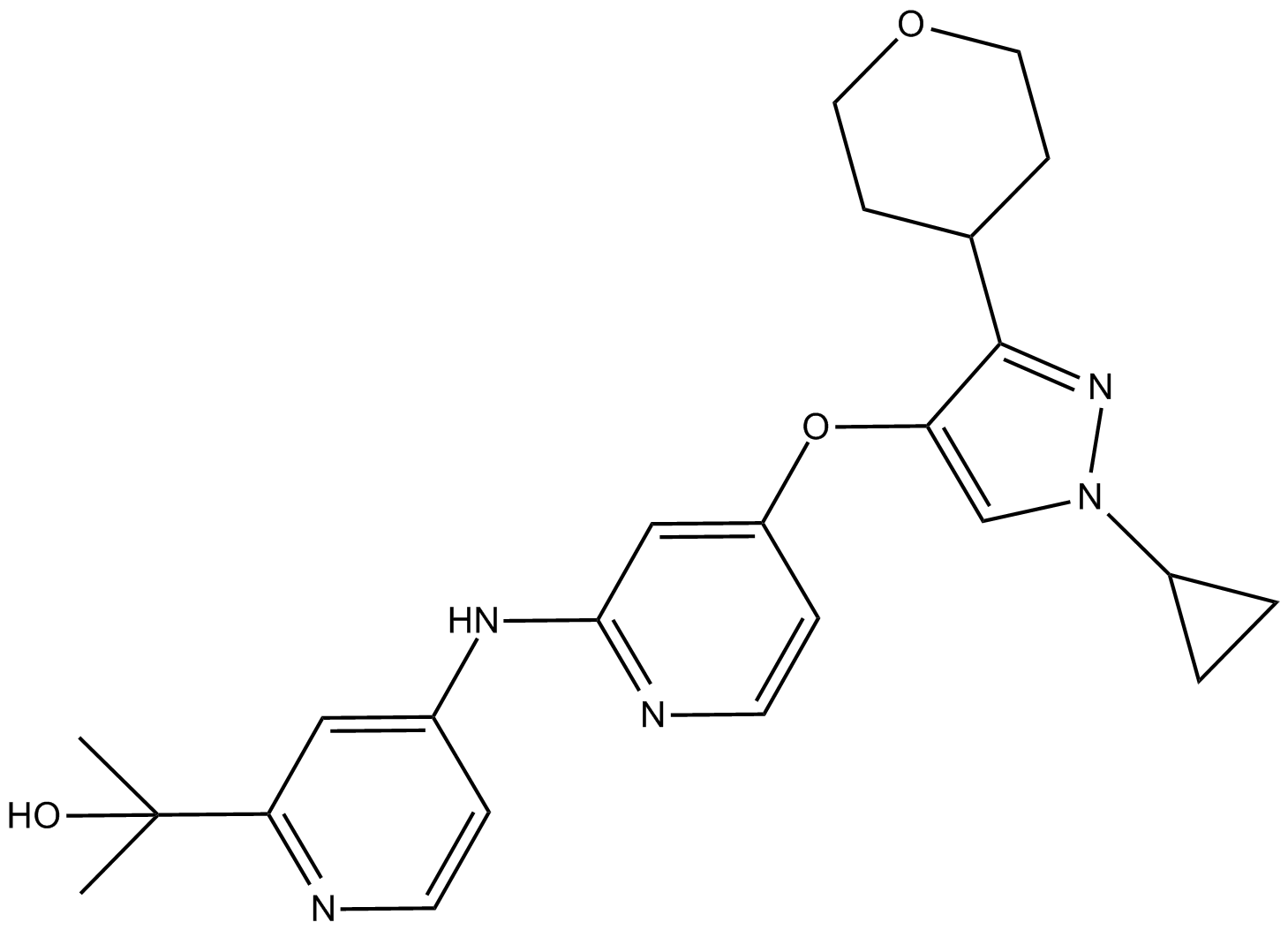 B8454 LY3200882
B8454 LY3200882 -
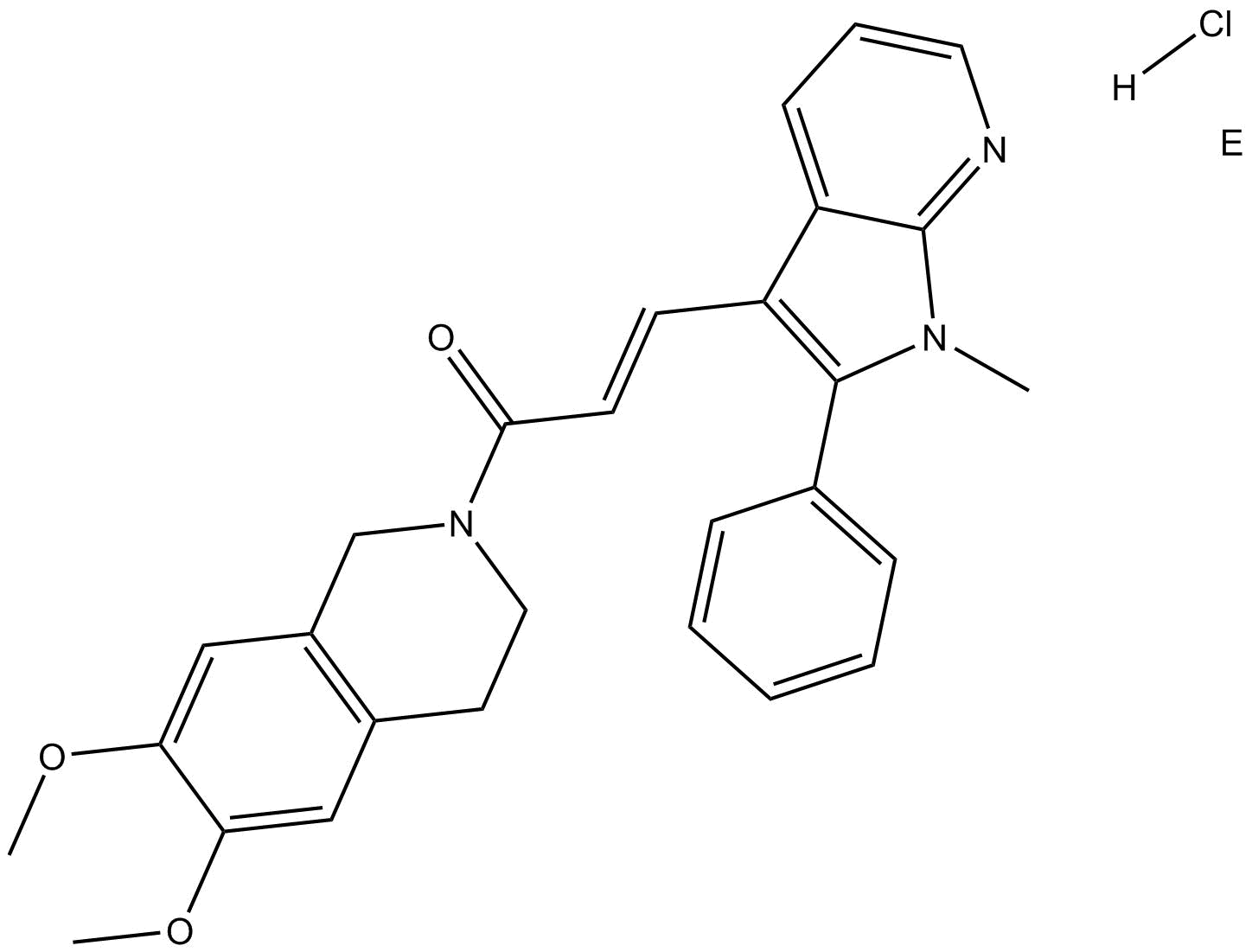 B6096 SIS3Summary: Smad3 inhibitor
B6096 SIS3Summary: Smad3 inhibitor -
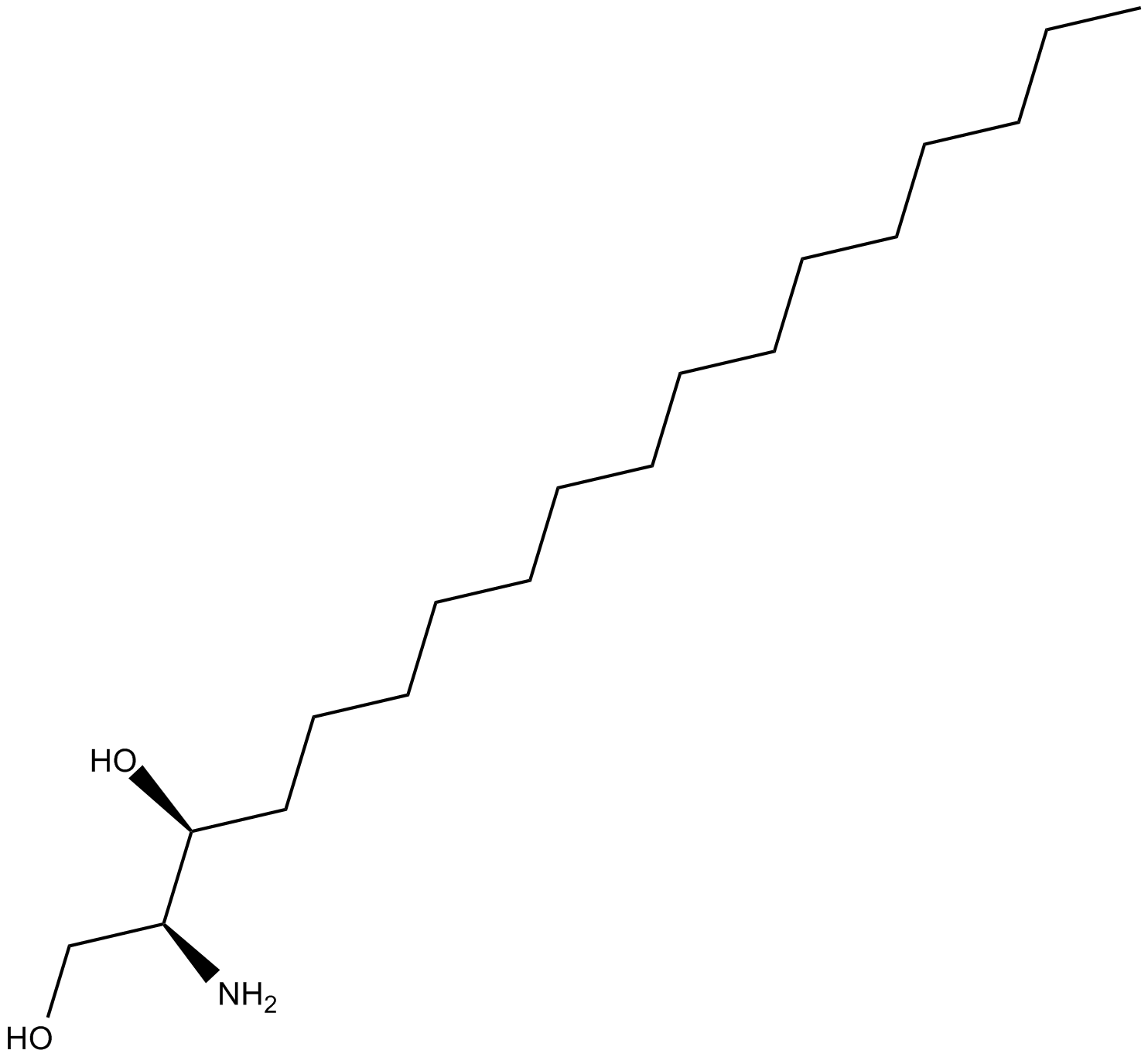 C3243 SafingolSummary: PKC and sphingosine kinases inhibitor
C3243 SafingolSummary: PKC and sphingosine kinases inhibitor -
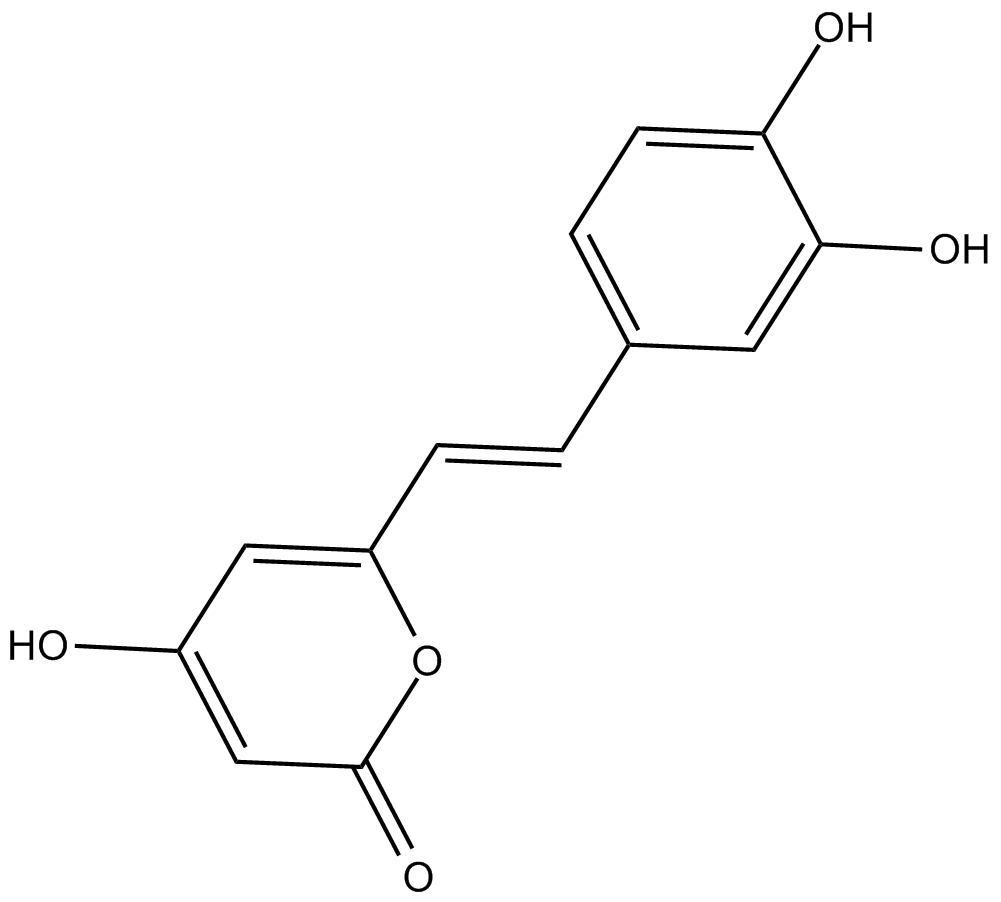 C3523 HispidinSummary: protein kinase Cβ inhibitor
C3523 HispidinSummary: protein kinase Cβ inhibitor -
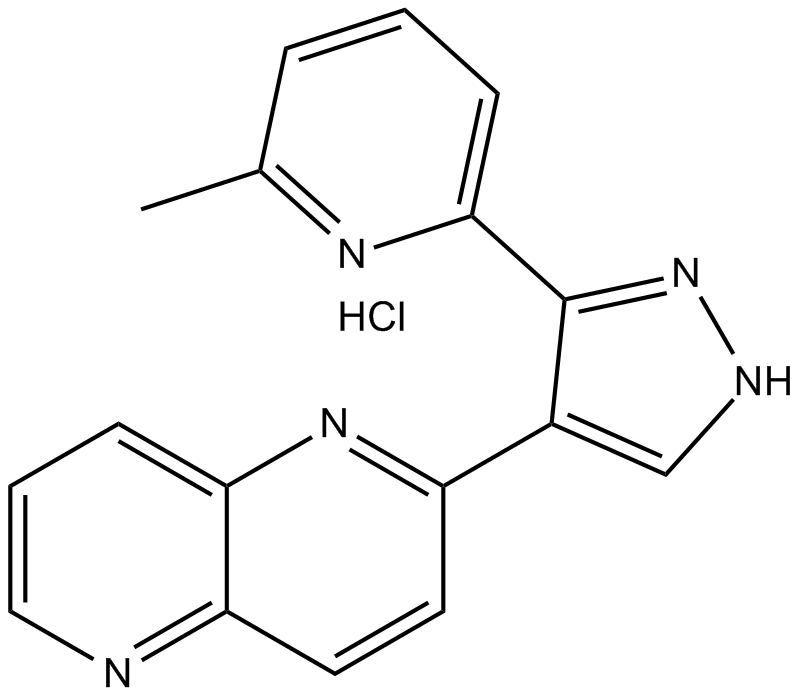 C3656 ALK5 Inhibitor II (hydrochloride)Summary: ALK5 inhibitor
C3656 ALK5 Inhibitor II (hydrochloride)Summary: ALK5 inhibitor -
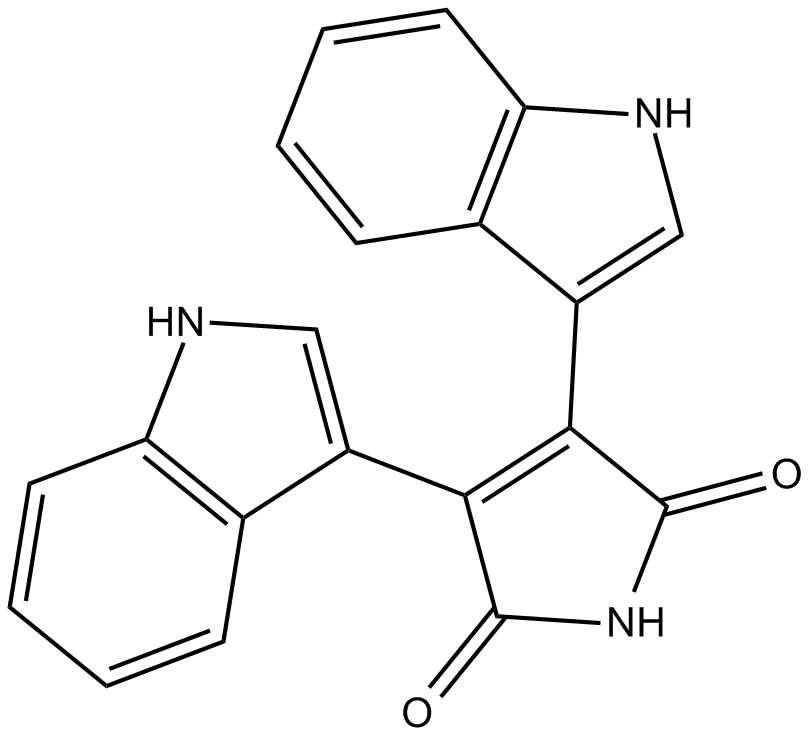 C4316 Bisindolylmaleimide IVSummary: protein kinase C (PKC) inhibitor
C4316 Bisindolylmaleimide IVSummary: protein kinase C (PKC) inhibitor -
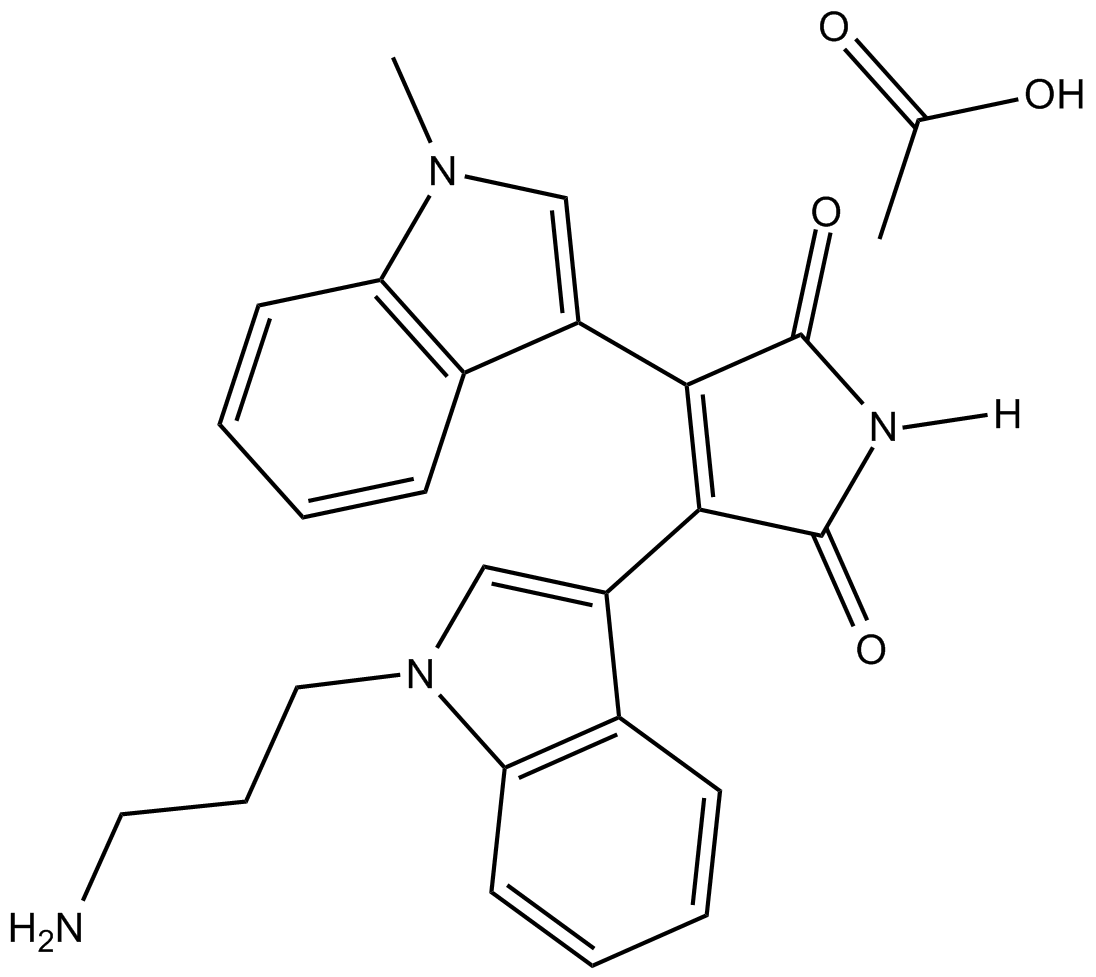 C4315 Bisindolylmaleimide VIII (acetate)Summary: protein kinase C (PKC) inhibitor
C4315 Bisindolylmaleimide VIII (acetate)Summary: protein kinase C (PKC) inhibitor


